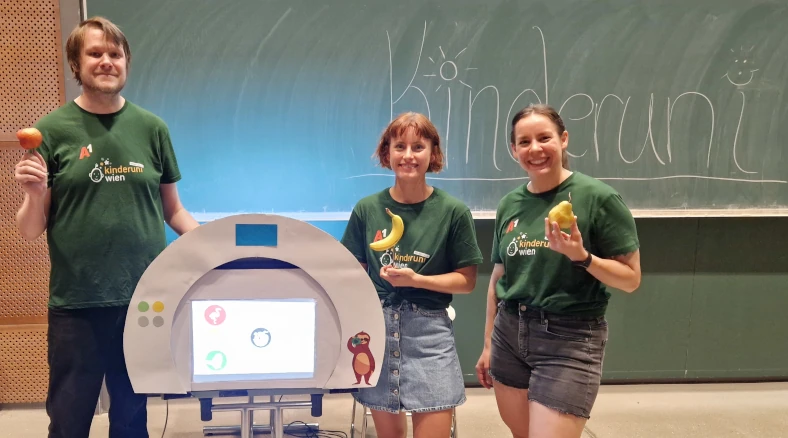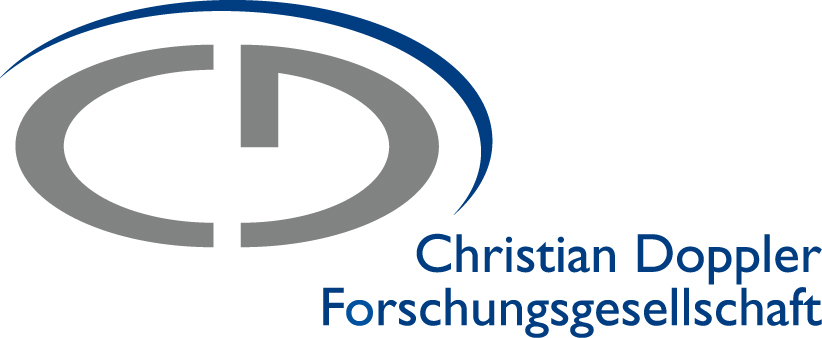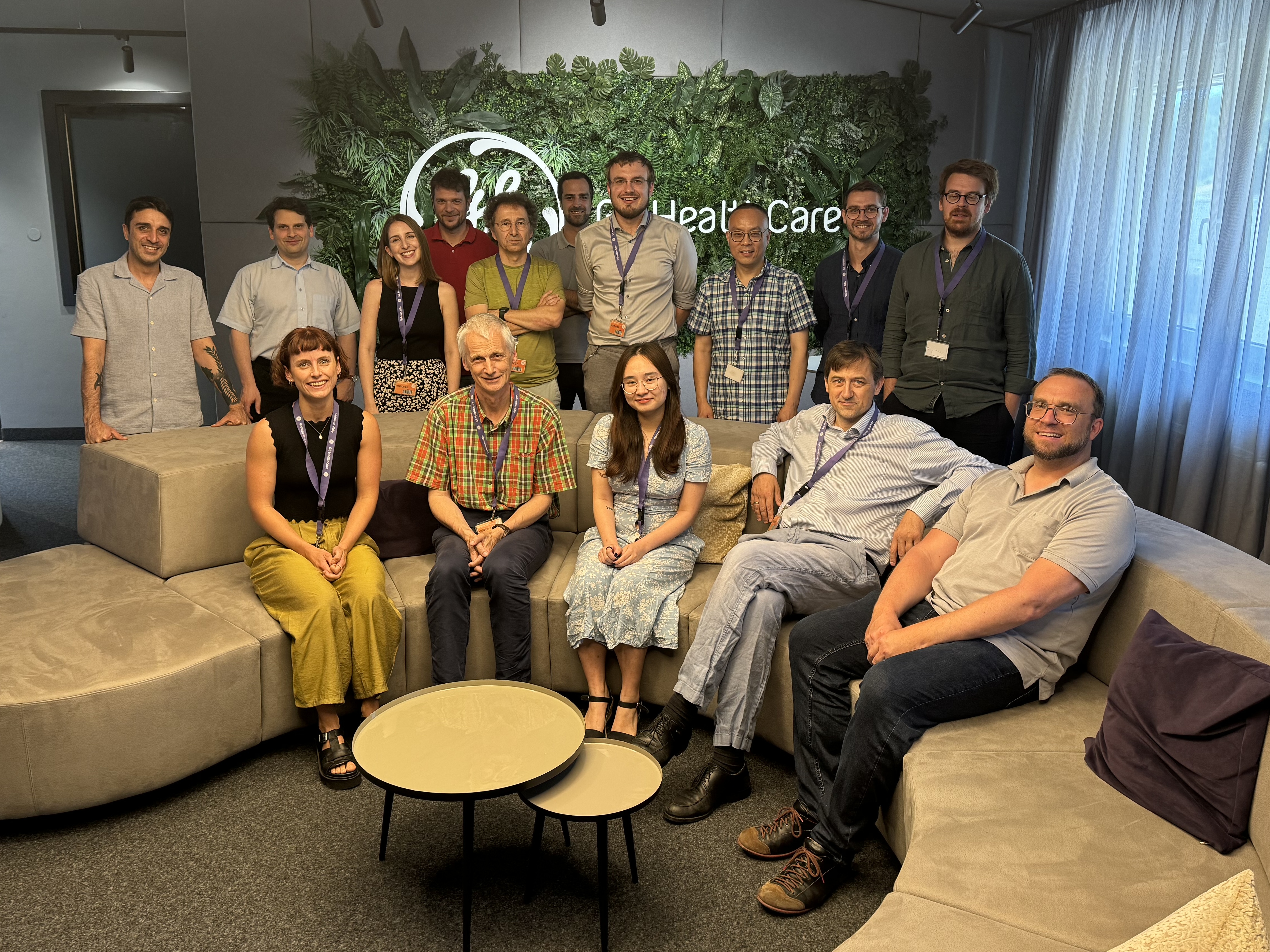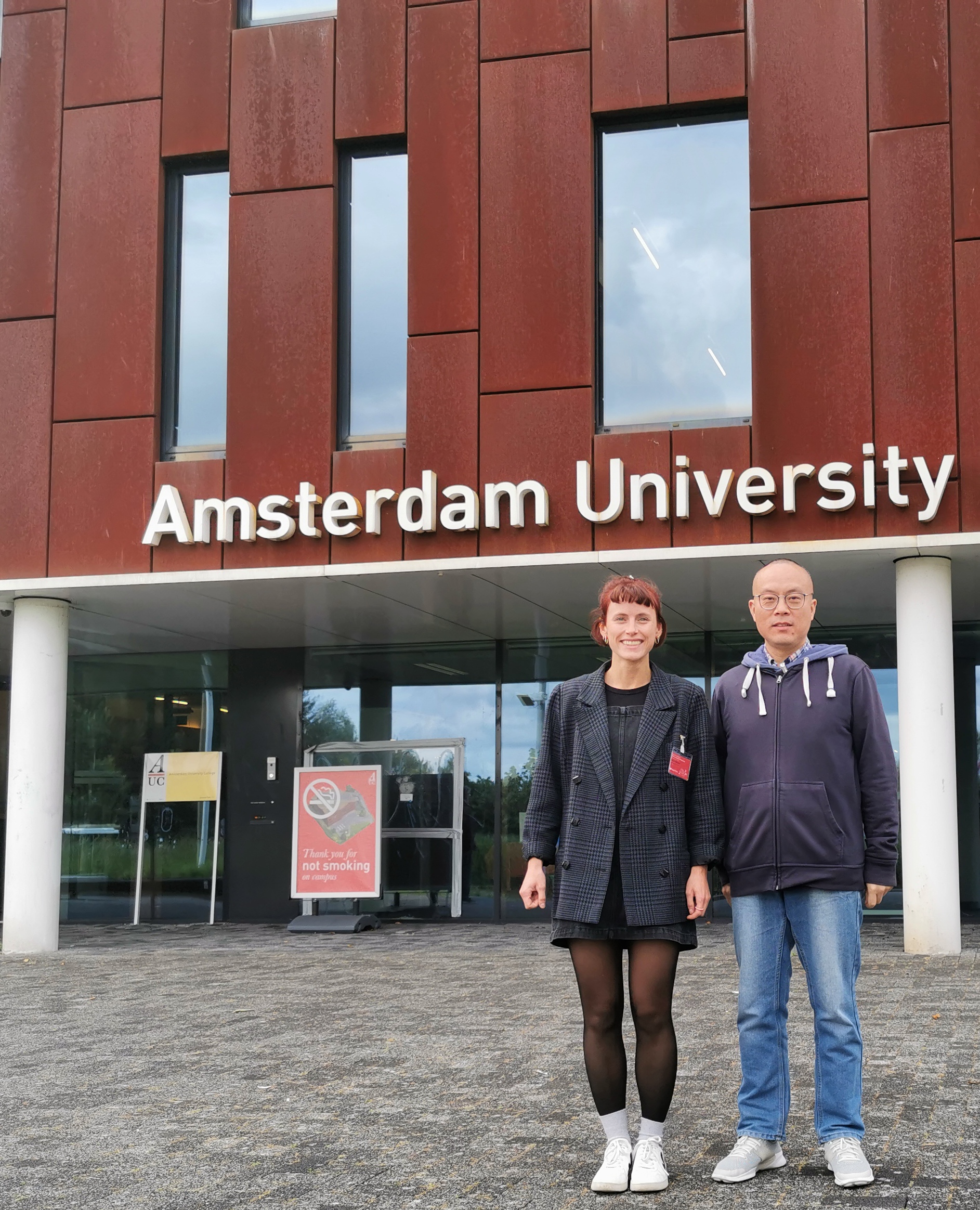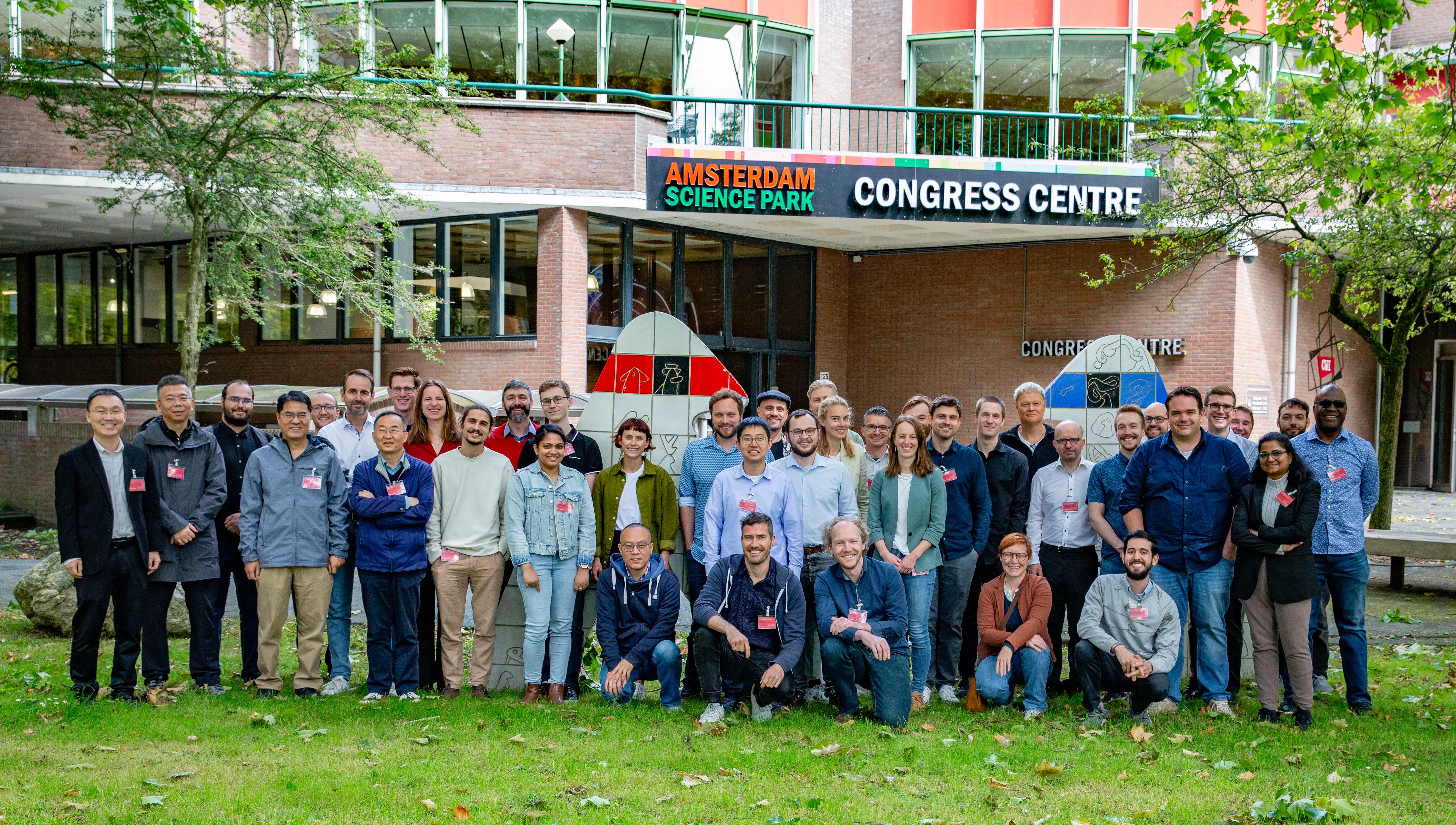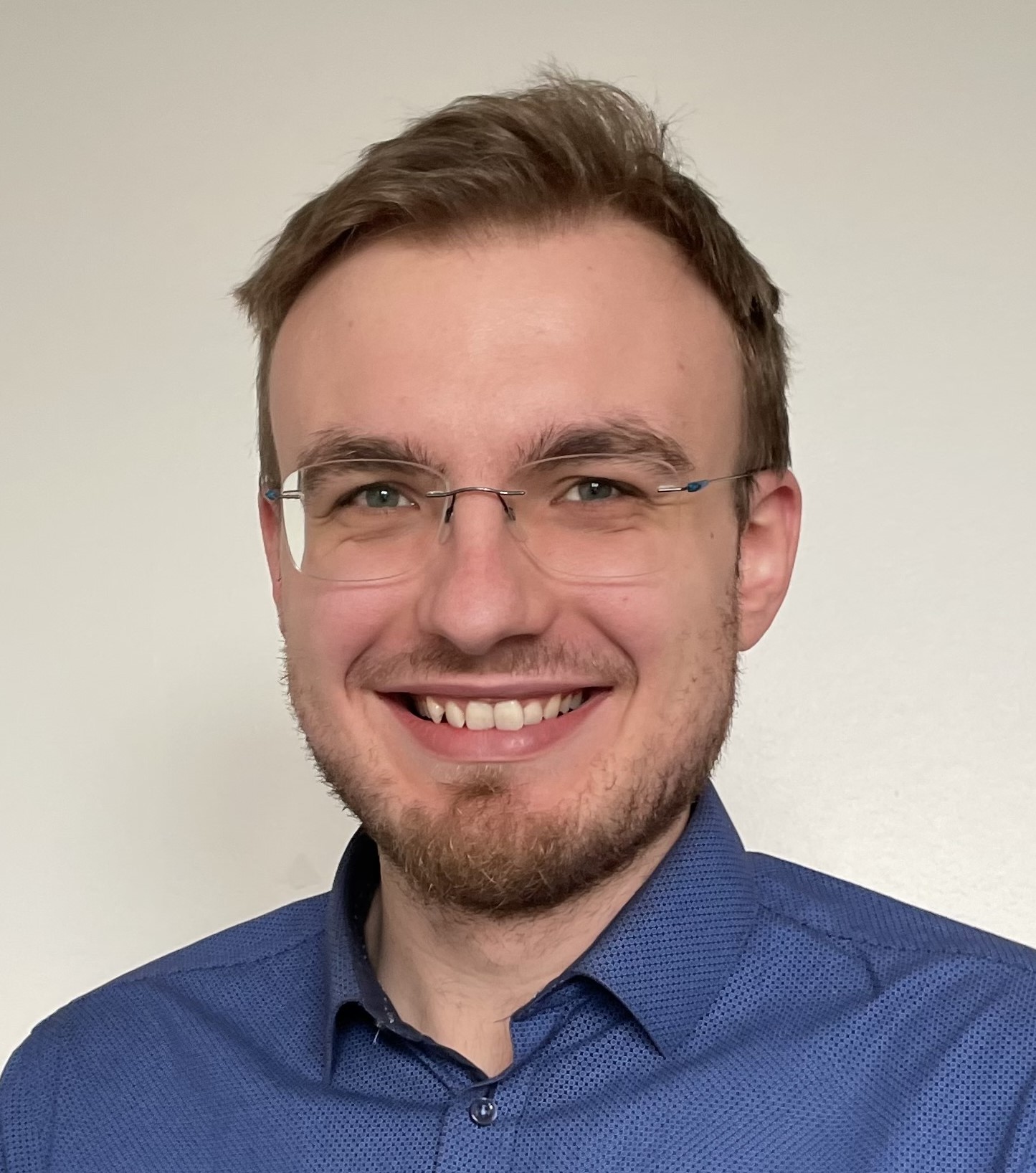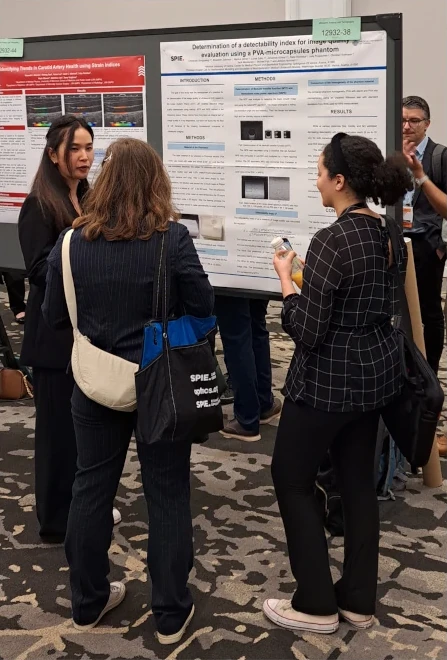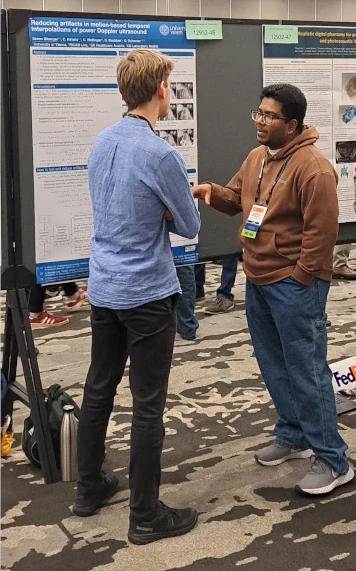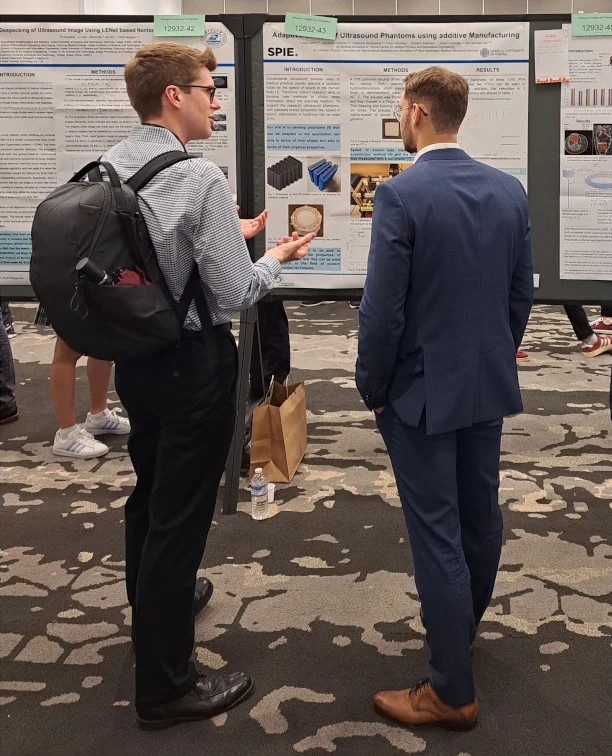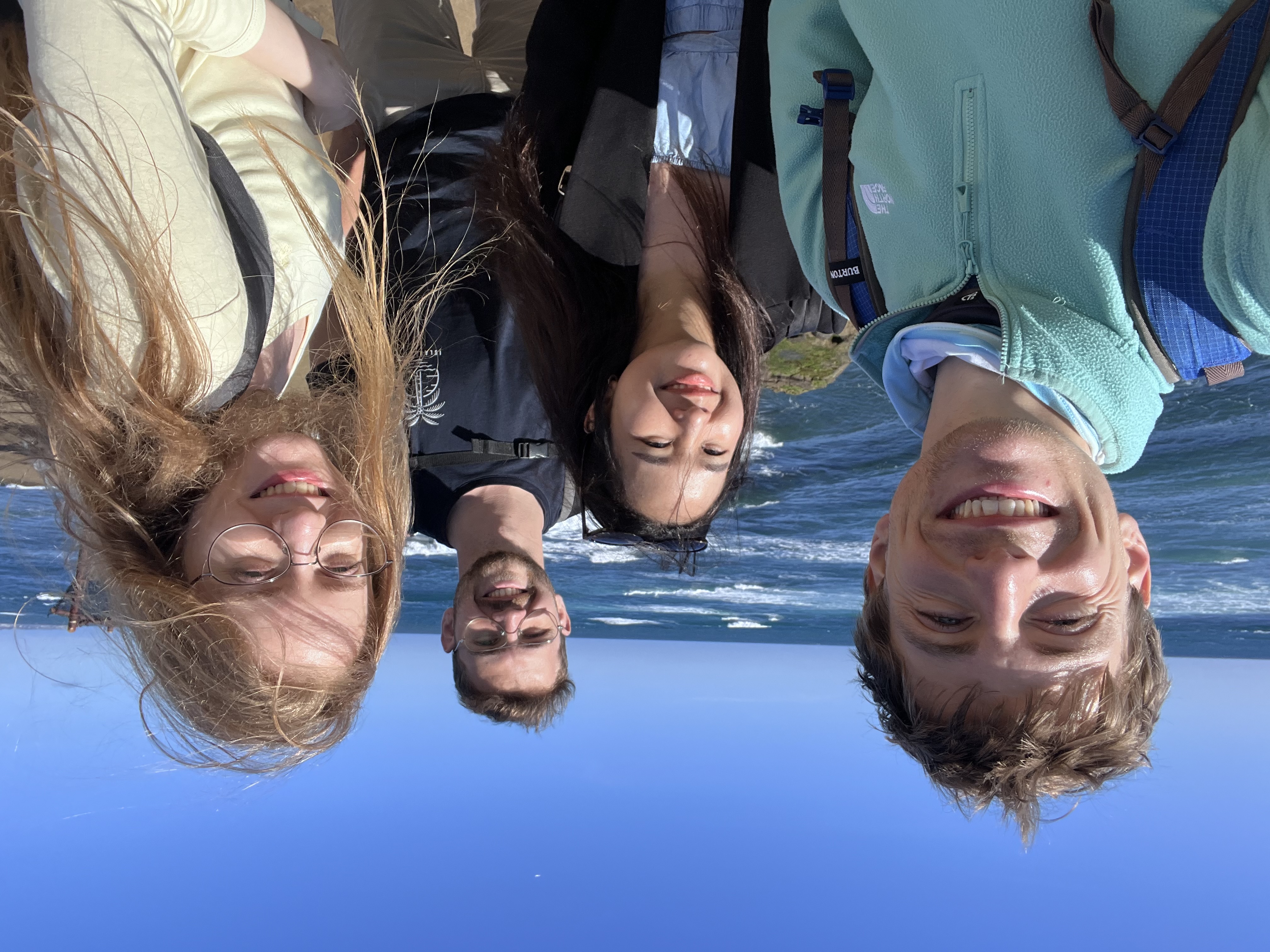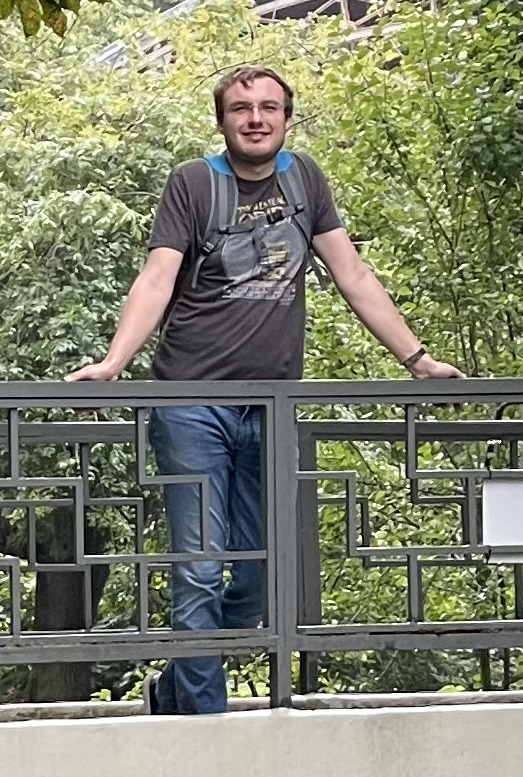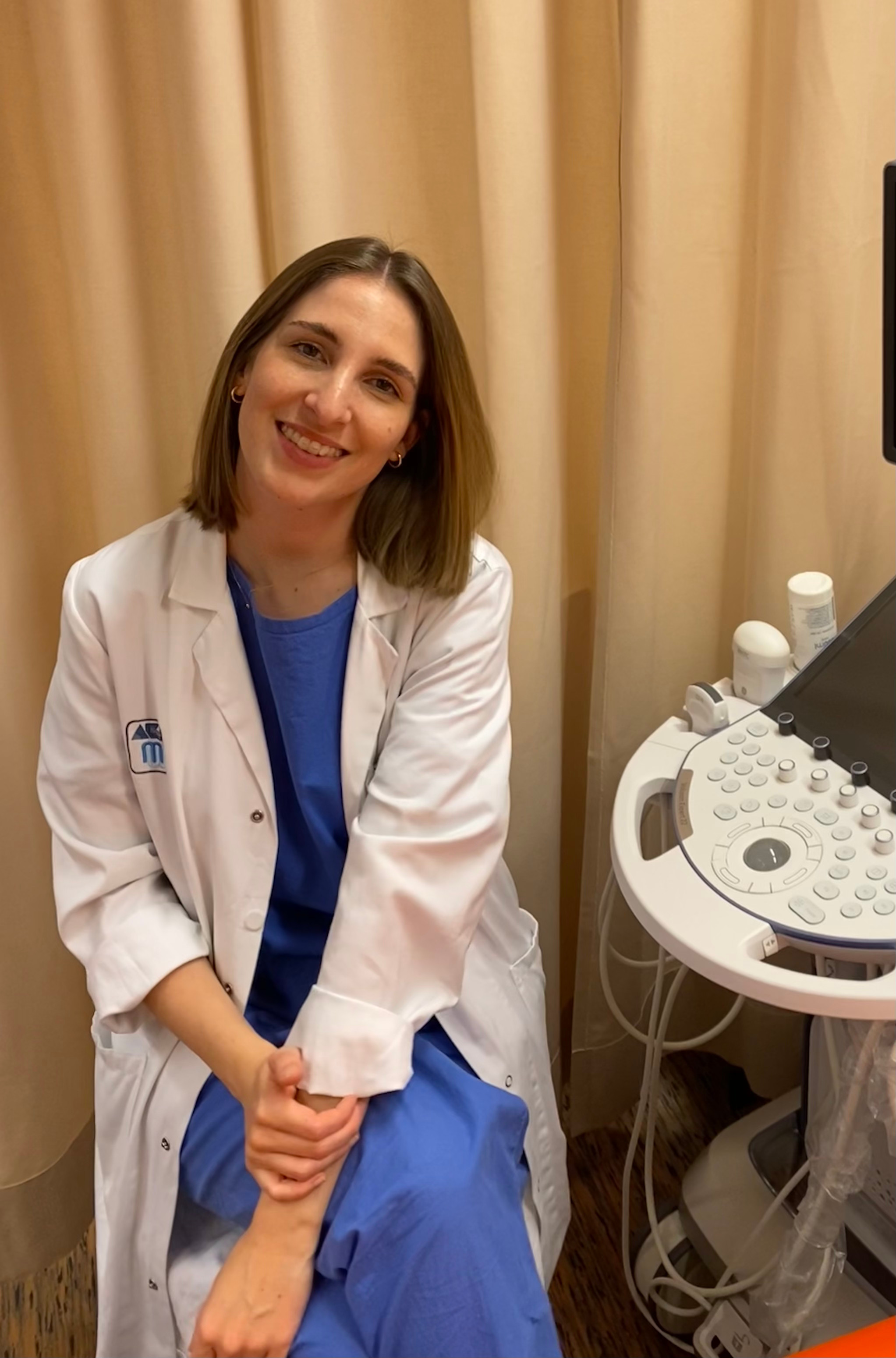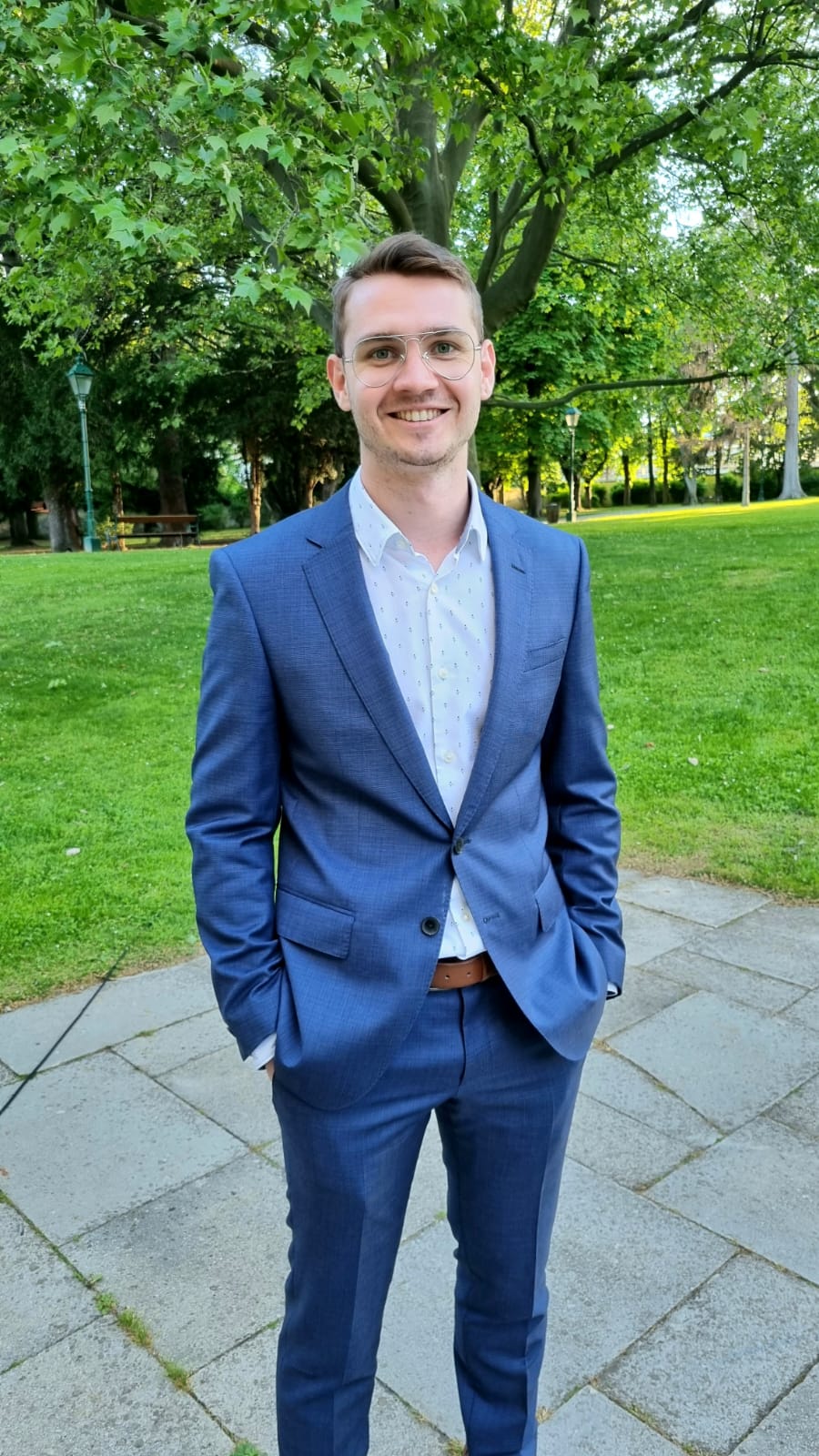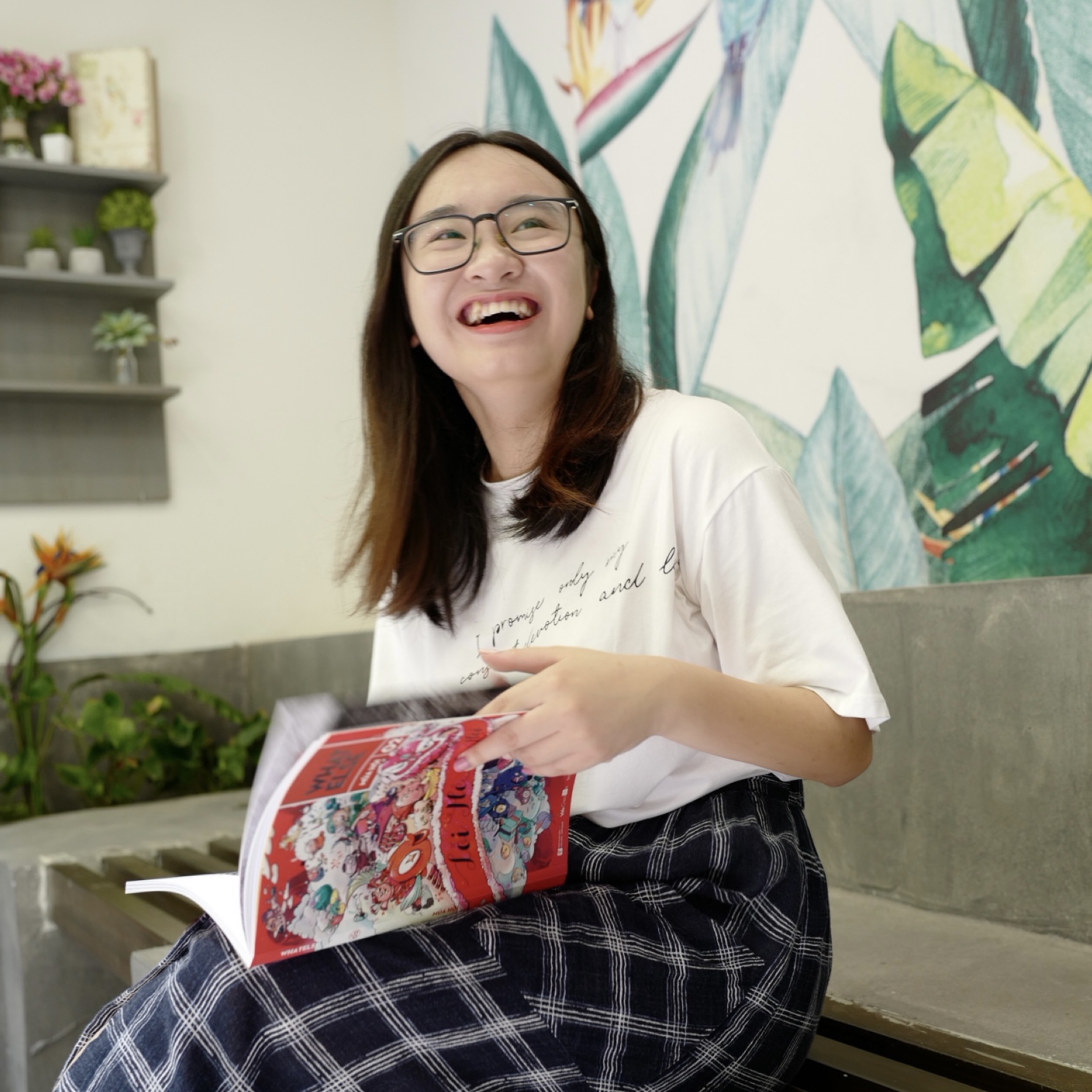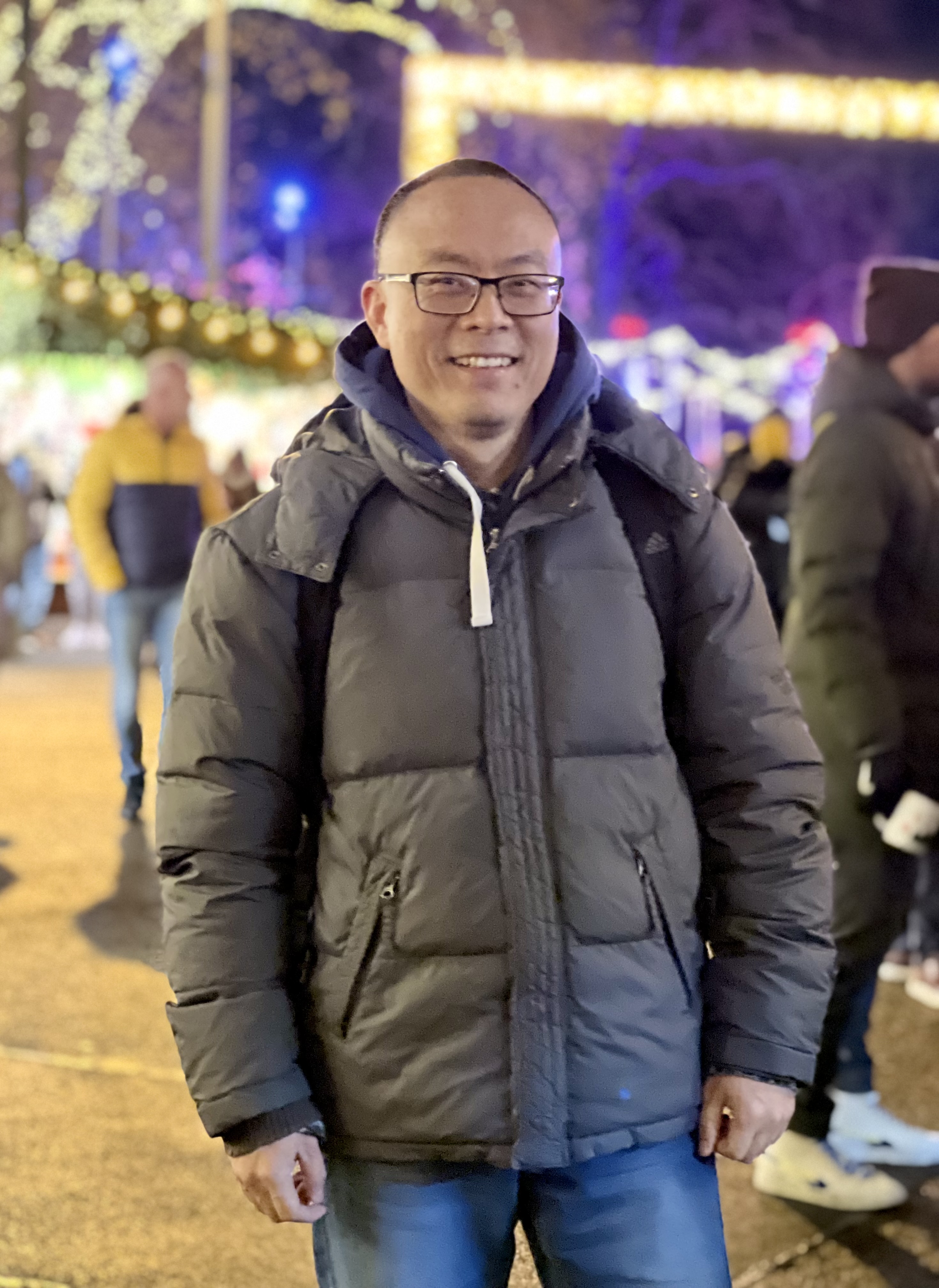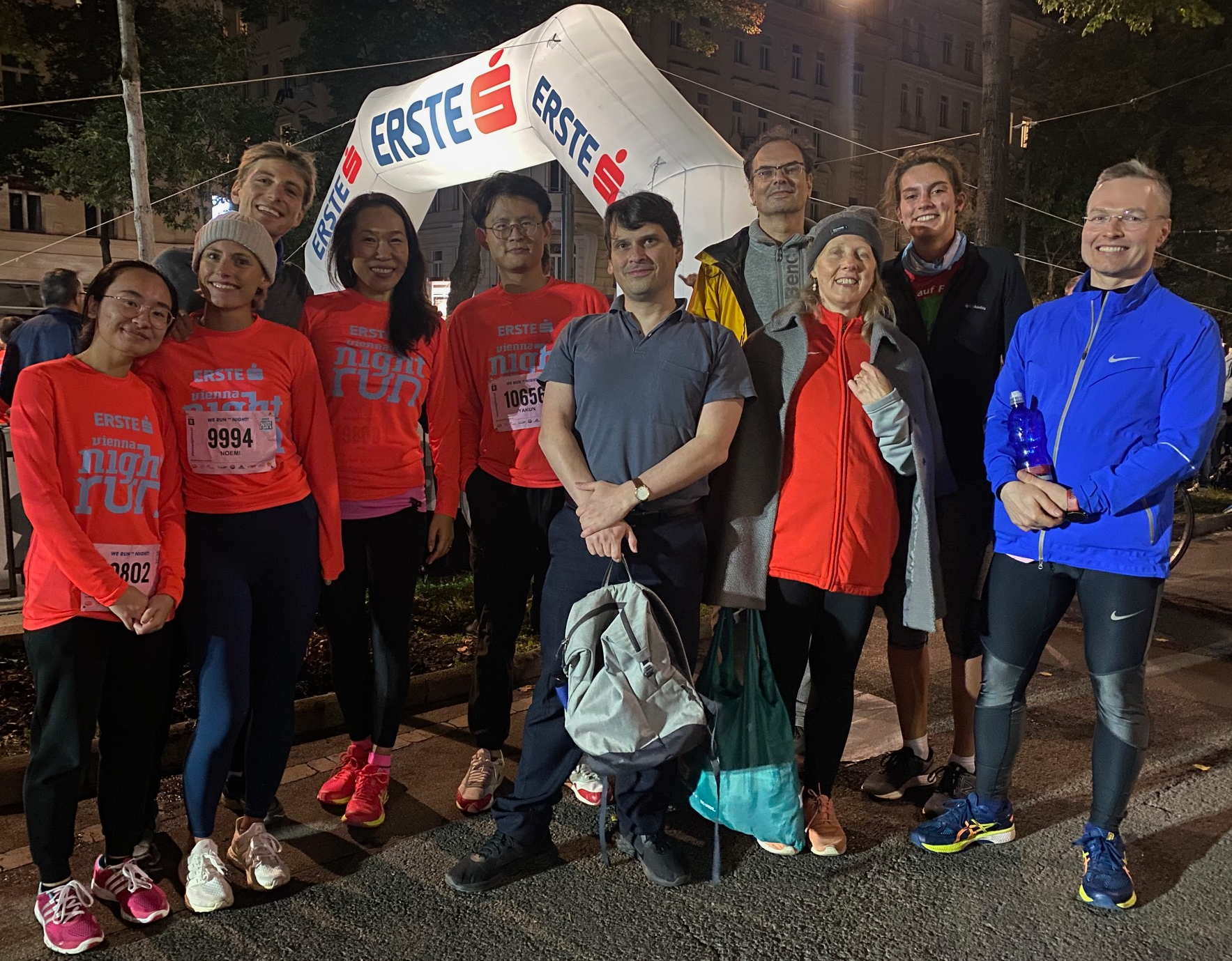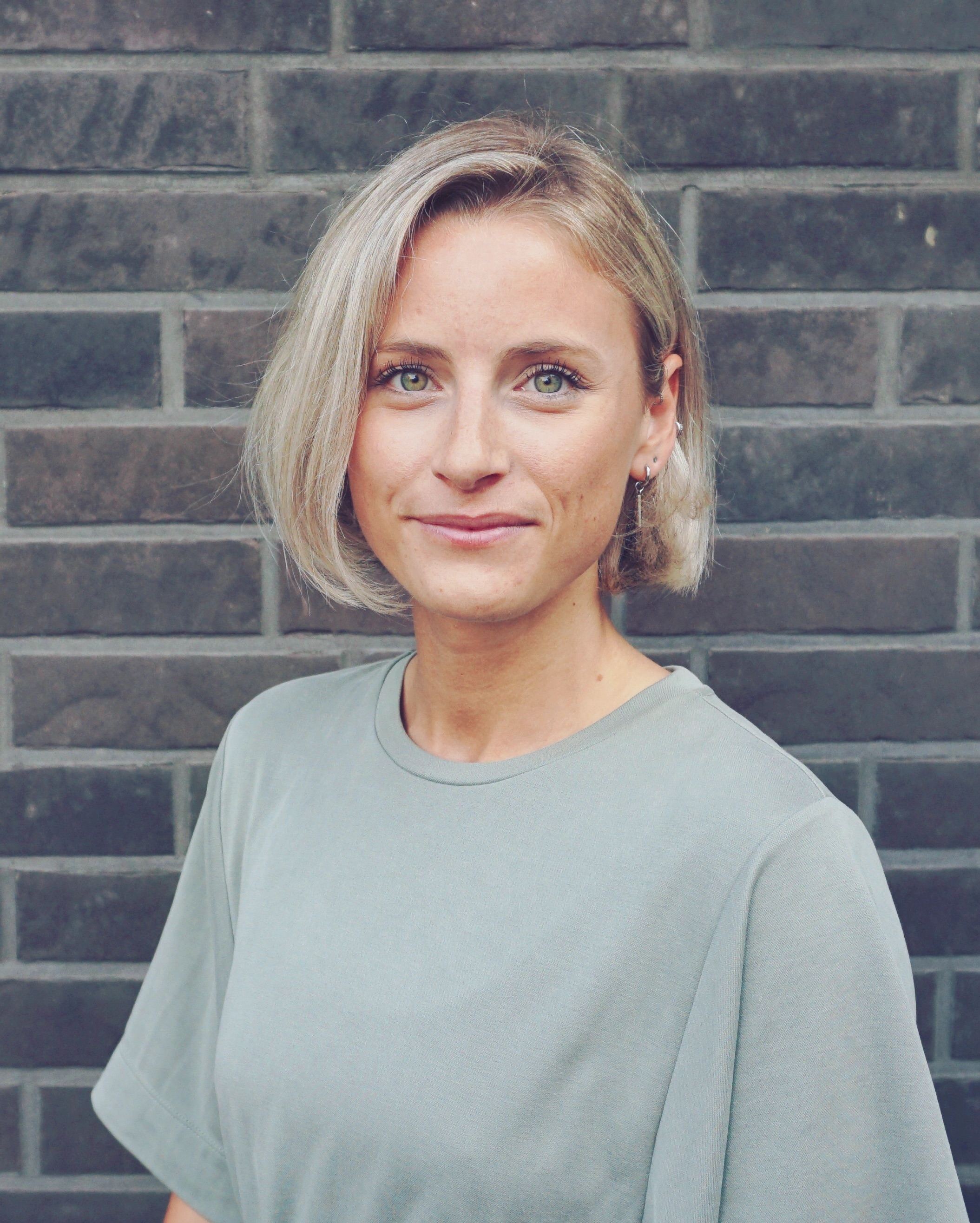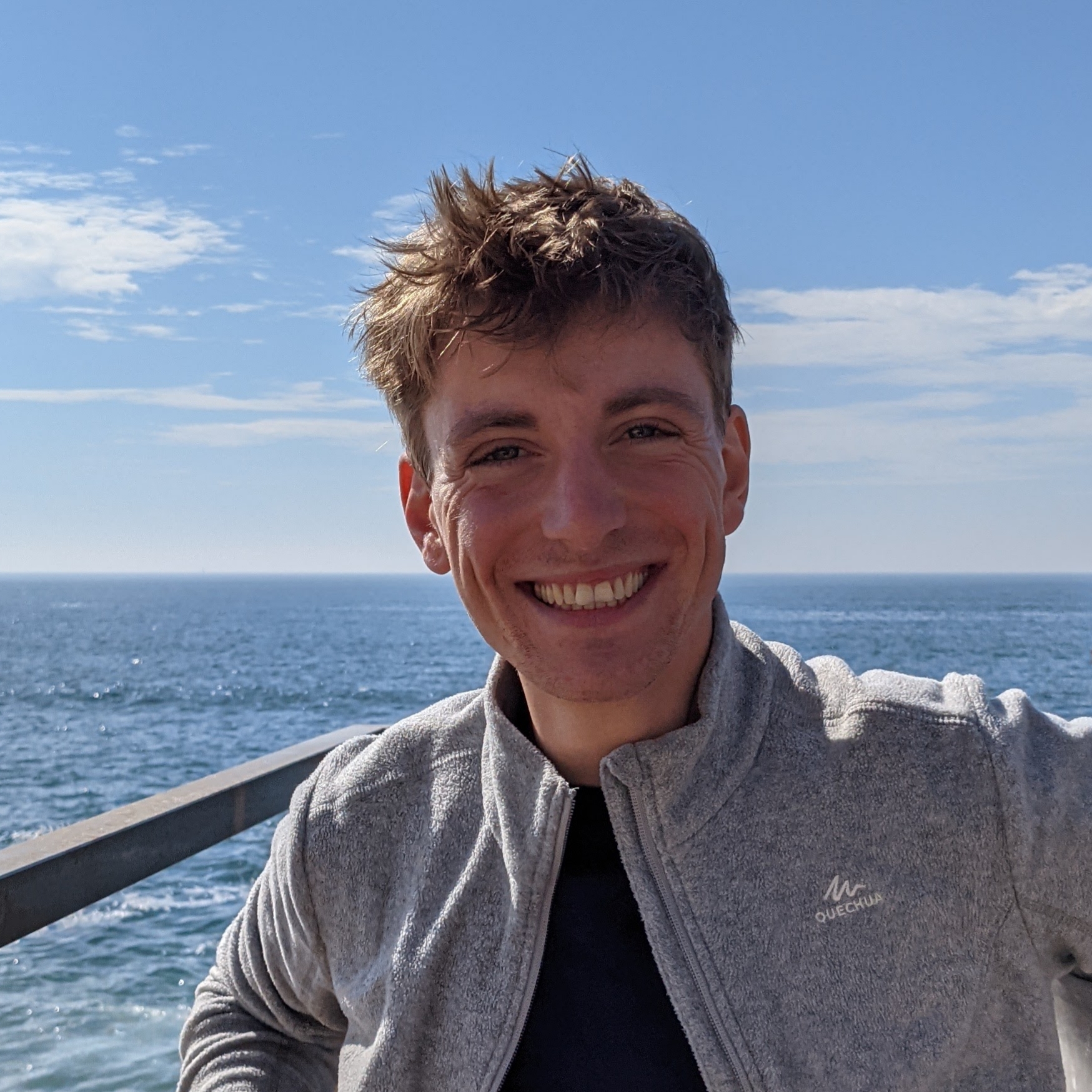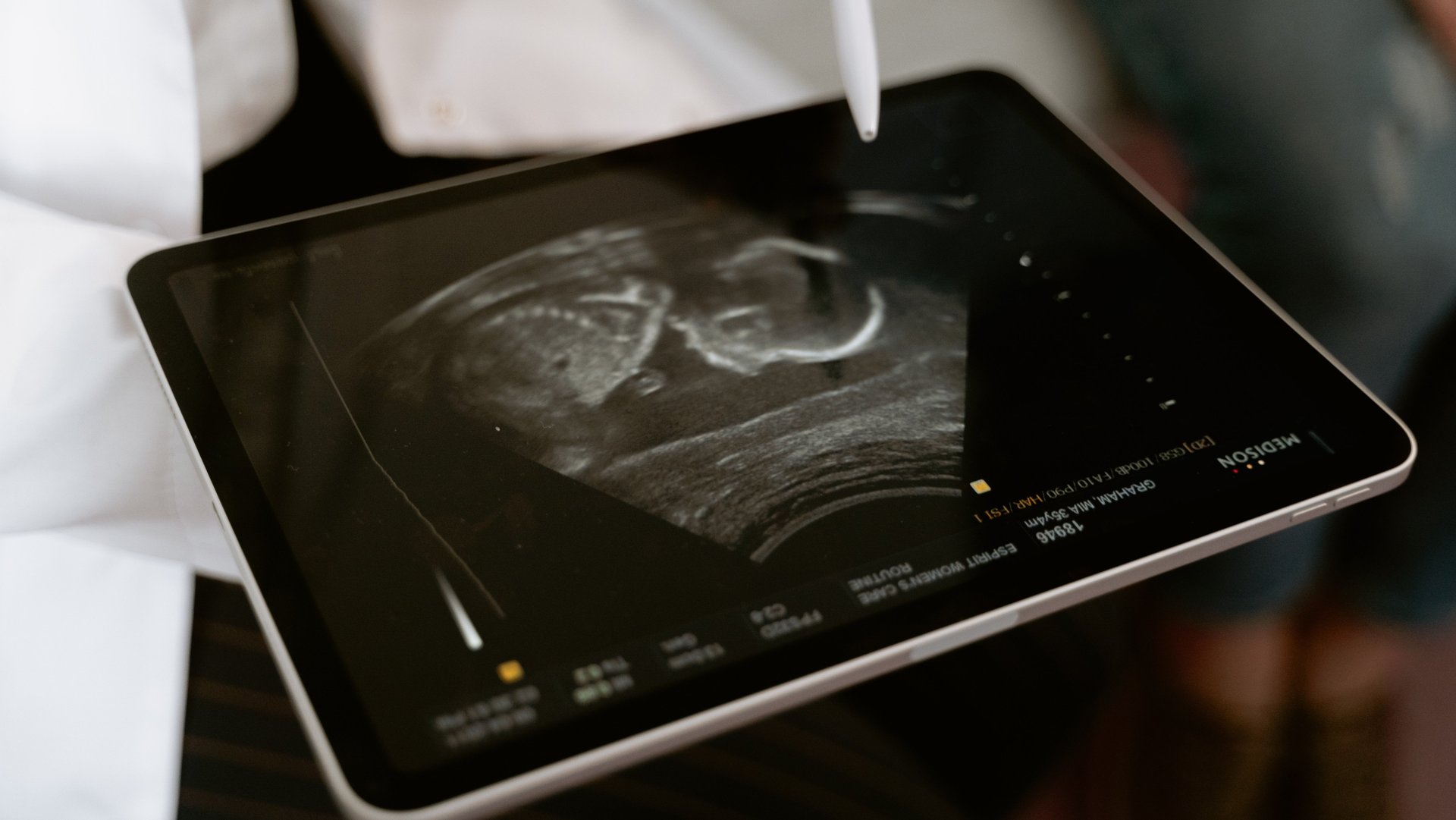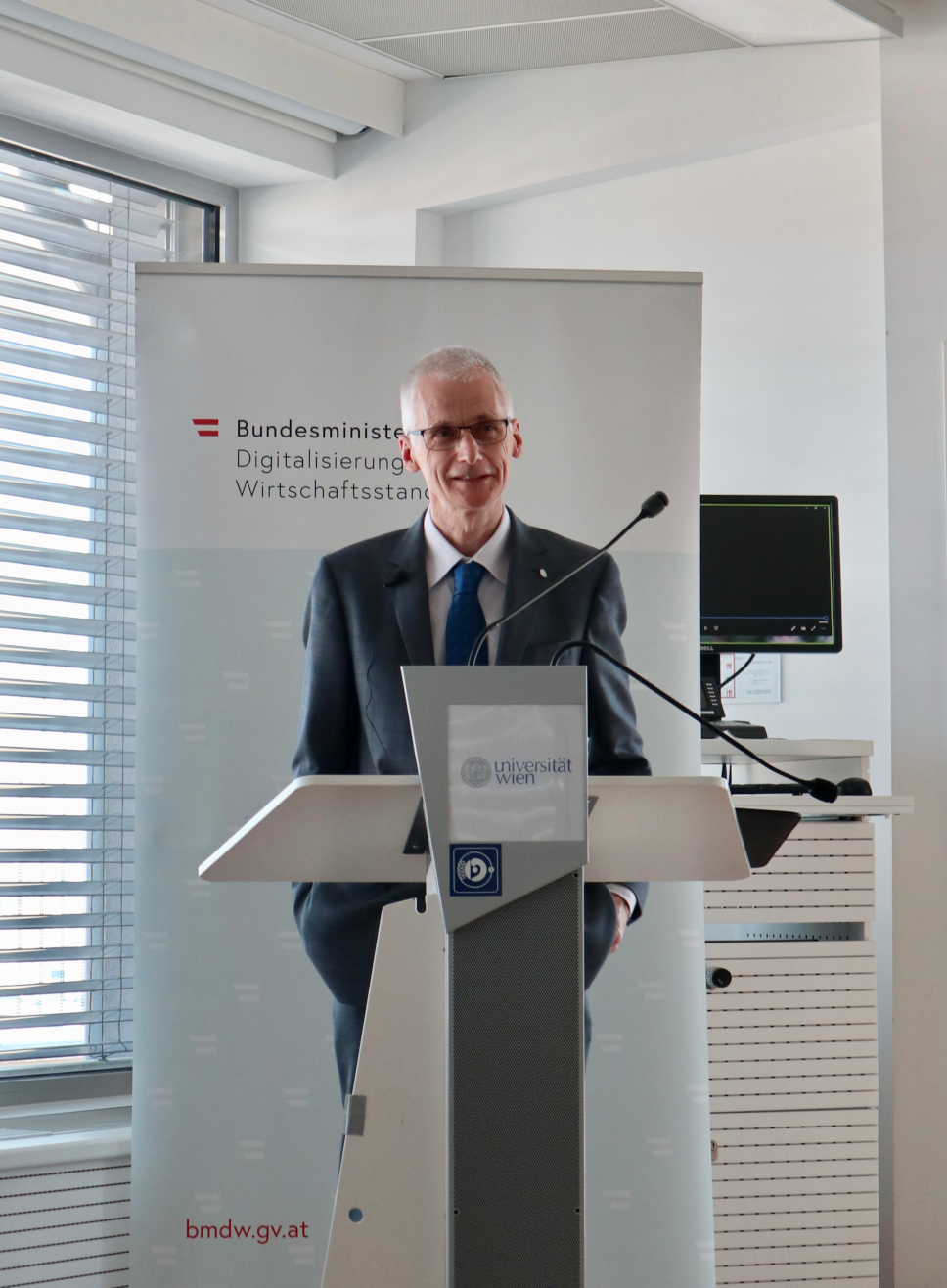Hello everyone, my name is Simon and since January 2022 I am working at the University of Vienna and the Christian Doppler Laboratory for Mathematical Modeling and Simulation of Next Generation Ultrasound Devices (MaMSi) as a PhD student under the supervision of Otmar Scherzer.
My main area of interest and why I became a PhD student
Already during my bachelor studies in Passau, Germany, I discovered my love for mathematical image processing. It started during a position as a student assistant and continued with an internship and a master thesis abroad, where I was able to further explore this fascination. Problems that pique my curiosity the most always involve practical applications, be it denoising massive-scale industrial computed tomography data (Passau), segmenting and classifying fish in a deep-sea fish farm (Singapore), or computing curvatures of high-resolution cell membranes (Cambridge).
I want to constantly expand my knowledge, enjoy technical discussions, solve new problems, and hopefully contribute a tiny part to the force that is slowly turning the wheel of science and innovation. Therefore, pursuing a doctoral degree was the next step towards this goal.
My current doctoral studies
I am involved in improving the visual quality of image sequences acquired by medical Power Doppler ultrasound. This mainly involves two things: 1) spatial filtering and 2) temporal interpolation. Right now, I am focusing on temporal interpolation, for which we use methods to estimate the motion between two images to more accurately approximate the intermediate images. To ensure that no strange effects or artifacts distort the results, we have constructed a control instance to detect areas of degraded visual quality and repair them.
These studies are made possible by a supportive environment at the University of Vienna, the Medical University of Vienna, and General Electric Healthcare, as well as an excellent work-life balance in Vienna. Of course, it's also a lot of fun to live in the city that constantly performs best in the Global Liveability Index, and from my apartment I can quickly get to great parks, the Danube River, and the city center. This is particularly nice, as I often go for a run, play beachvolleyball or read outside in my spare time.
I look forward to an exciting future, solving interesting problems, and if you would like to learn more about my work, please feel free to contact me.
Kind regards
Simon Biberger
